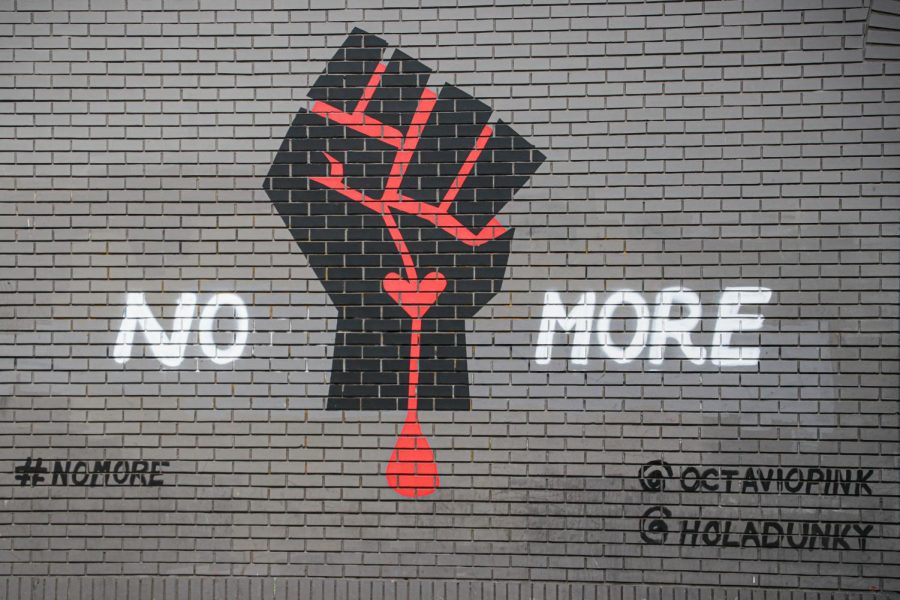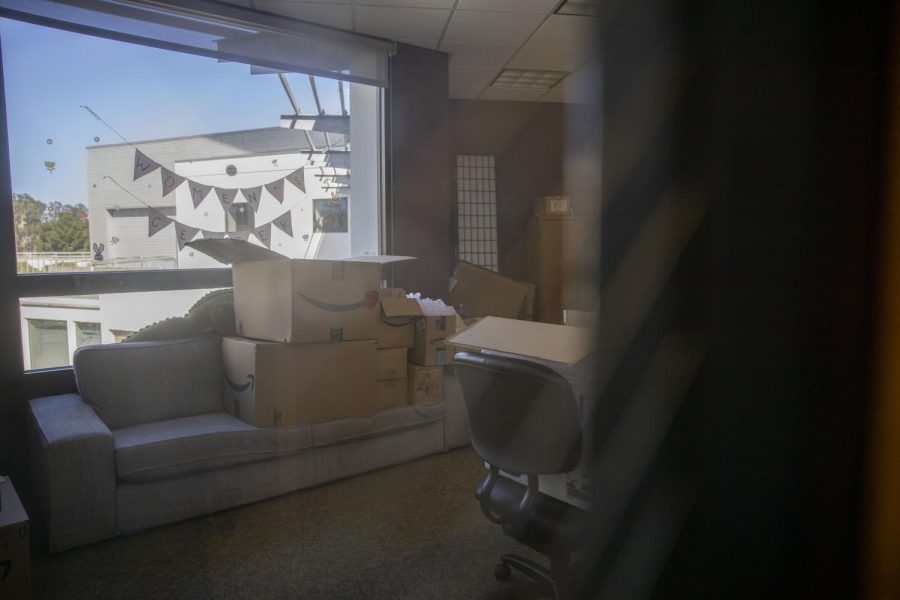While the University is expanding and new construction projects are beginning, one issue that has affected students for a long time is about to get worse: the lack of available parking on campus.
The ongoing construction projects at SF State have led to criticism among commuter students for the lack of parking spaces on or near campus.
“(The construction) takes away valuable parking space,” said Francisco Cayabyab, a senior Asian American studies major.
Cayabyab said that parking on campus is already difficult and that it can take a long time to find an open space, leaving students “on edge, trying to get a spot before class.”
Jennina Adra, a senior biology major, says that parking was already a challenge prior to the construction, often leading her to park at Stonestown Galleria.
The University is currently in the process of building the new Mashouf Wellness Center, which eliminated about a dozen parking spots and led to the towing of student vehicles on Font Boulevard earlier this semester.
The upcoming construction of a new housing building, Creative Arts building and associated concert hall is also set to temporarily eliminate parking spots, according to the Environmental Impact Report for the Creative Arts and Mixed-Use Holloway project.
“The removal of parking during construction is temporary and unavoidable,” said Campus Planner Wendy Bloom.
Bloom said that SF State currently has approximately 3,000 parking spaces and the spots removed in front of the new wellness center will be available again after construction. However, some parking spots will be lost.
The University’s parking homepage states that the University is “committed to reducing our carbon footprint and to being a good community partner,” encouraging students to take public transportation, ride bikes and walk to their classes.
About 80 percent of the campus community uses public transit, biking or walking as a mode of transportation, while 20 percent of the community chooses to drive, according to SF State’s 2016 Transportation Survey.
“Understandably, driving may be the only option for some people, who are not well served by public transit or who have other constraints,” Bloom said. “However, using transit, carpooling, biking, or walking wherever possible helps to reduce traffic congestion and GHG (greenhouse gas) emissions and frees parking spaces for those who have to drive.”
Jason Porth, University Corporation executive director, said the goal for the new housing building is to add more on-campus living spaces and reduce the number of students who have to commute.
“Rather than driving to campus, students who live on campus have the benefit of walking to their classes or other activities on campus,” Porth said.
Jennina Adra, a senior biology major who owns a car and pays for her own insurance, disagrees with the University’s effort to promote public transportation and biking.
“I’m not just going to pay for (a car and insurance) just to leave my car at home and take the bus,” Adra said.






Aaron Goodman • Apr 13, 2017 at 11:13 pm
The problem is that sfsu_csu needs to fund the direct connection to Daly City Bart and do it with GGP Stonestown and Parkmercd directly via an air-tram like connector that lessens the need to drive to campus. They need to look seriously at alternatives like building along the eastern edge replacing the science building and looking at the Stonestown and Winston drive areas and density within their original campus footprint. The proposal to demolish the central garage is a joke as most have to park in Parkmerced and surrounding streets. Community organization and transit advocates have asked Porth and Bloom to do more for public transit planning instead of glorified sfsu projects. To be really sustainable the connection over the brotherhood way , alemany fly-over and I-280 must be designed and paid for and should have been done prior to any campus enrollment increase. They want new housing to increase funds . The impacts on the surrounding communities has been a displacement and gentrification and the future Parkmerced will price out most students when built out. It should be noted that the sfsu masterplan has negative impacts that Porth and Bloom have yet to come to grips with….